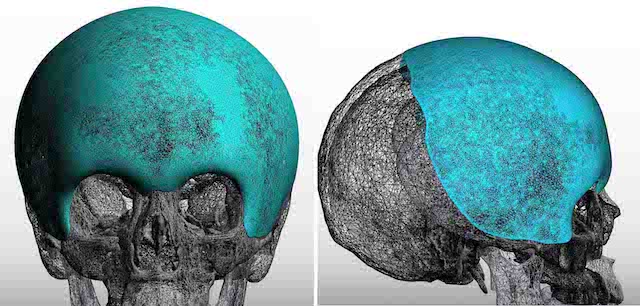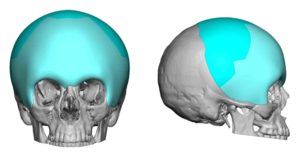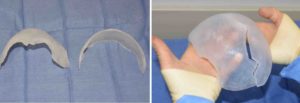Background: Craniofacial surgery is a collection of bone reshaping procedures of the skull and upper face that is typically used to treat various congenital deformities. While most commonly perceived as being done in very young patients, many craniofacial operations can also be done in older patients as well.
While craniofacial surgery produces some remarkable results, there are almost always going to be some contour sequelae from their execution. This could be the result of non-healing bone gaps, irregular bone contours, hypertrophic bone formation or from the fixation devices left behind. There are also associated soft tissue sequelae from scalp incisional scars, temporal muscle hollowing and subcutaneous fat atrophy. All of these issues become apparent over time with continued growth in young patients and complete healing in older patients.
While seemingly trivial compared to the magnitude of the original problem and the operation used to treat it, improvement in these contour issues can offer an enhanced aesthetic outcome in some craniofacial surgery patients. It is very much like putting the ‘icing on the cake’ and completing the final layer of the reconstruction.

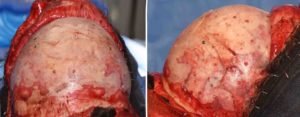
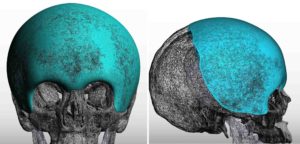
Case Highlights:
1) Many types of cranial vault and orbital reconstructive surgery leave contour deformities as a sequelae of the bony cuts and movements.
2) Custom skull implants can be used to smooth out forehead, temporal and skull contours of both bone and soft tissue.
3) Such contouring skull implants only need to be a few millimeters thick but can cover broad surface areas to exert their smoothing effects.
Dr. Barry Eppley
Indianapolis, Indiana

